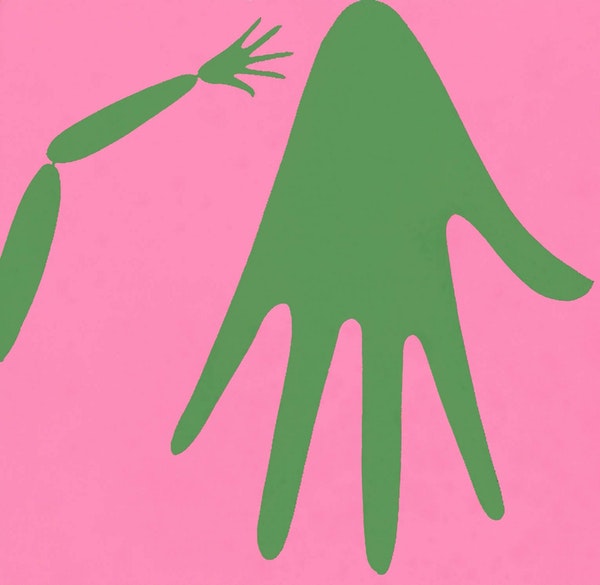In 1933, when the Nazi regime closed down the German Bauhaus, the renowned school’s history of progressive design education seemingly ended, and with it, its innovative synthesis of art, craft, and technology. Yet by the late 1930s, as World War II loomed on the horizon, a number of the school’s notable designers and educators left Europe and found their way to Chicago, taking positions at the New Bauhaus, later the Institute of Design (ID) and the Illinois Institute of Technology (IIT). As leaders at these institutions, László Moholy-Nagy and Ludwig Mies van der Rohe not only introduced the Bauhaus’s avant-garde ideals to the American Midwest but set about translating them the region’s urban spaces, materials, and industries.
Image courtesy of Bauhaus Chicago Foundation
This exhibition, part of the worldwide celebration of the Bauhaus centenary this year, focuses on this period of translation when both instructors and students at the ID and IIT adapted design methods and aesthetics from Germany to the United States. Featuring works that range in scale from jewelry, photography, and textiles to furniture, monumental sculpture, and urban planning, the presentation includes pieces created by many instrumental teachers and talented students—including Ludwig Hilberseimer, Elsa Kula, Nathan Lerner, Emmett McBain, Art Sinsabaugh, and Angelo Testa—who shaped the 20th-century history of design and architecture at these schools.
Image courtesy of © The Estate of Harry Callahan; courtesy Pace/MacGill Gallery, New York
Structured around key educational themes and workshops, such as light, materials, and shelter, the exhibition dynamically reflects on the nature of design teaching in the studio, in the city, and in spaces of production, highlighting the Bauhaus’s continuing legacy in Chicago and around the world.
Image courtesy of The Art Institute of Chicago, Gift of Reginald Malcolmson and Margaret Malcolmson.
FROM: www.artic.edu/


